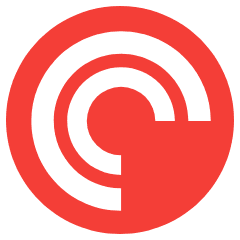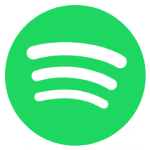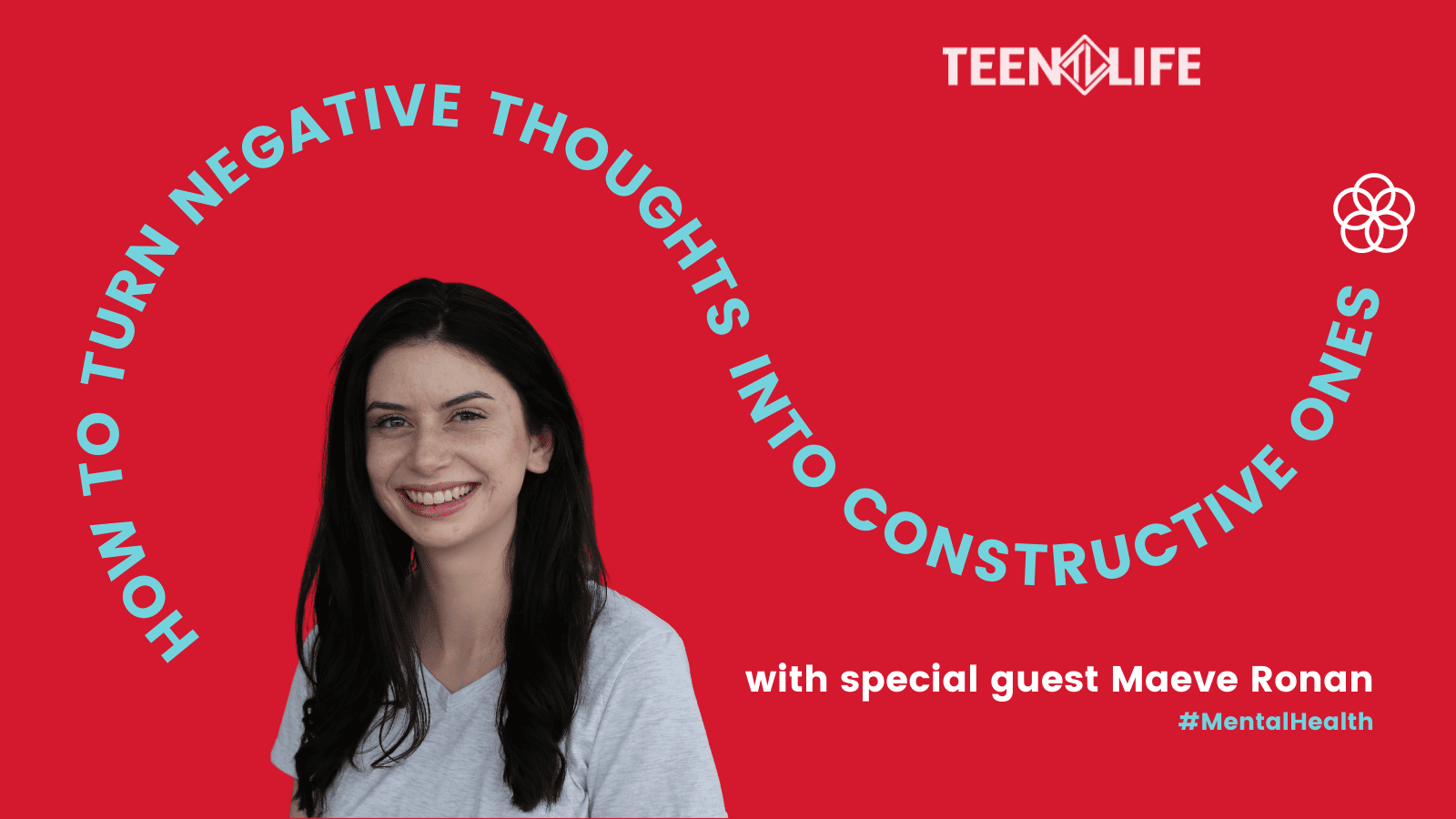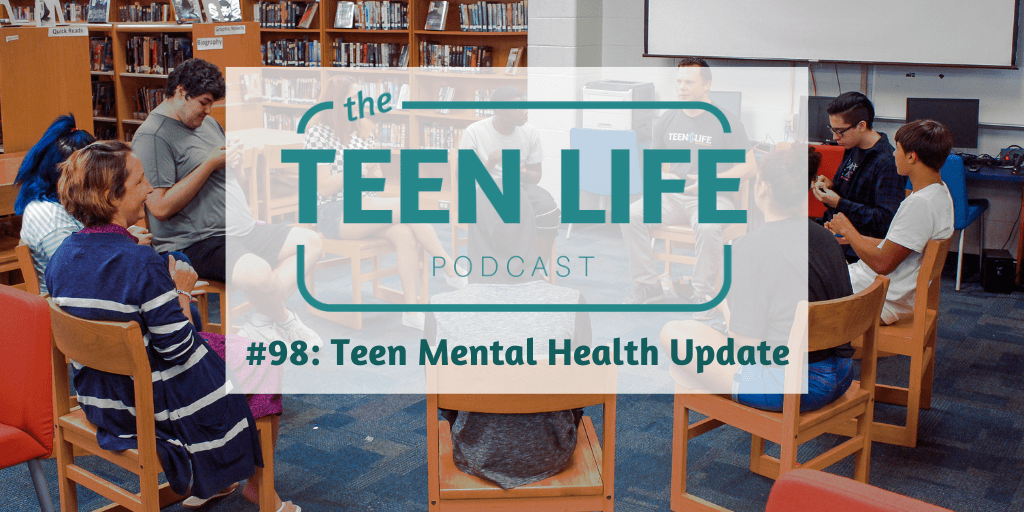
Ep. 2: Stress & Teen Terms
Podcast: Play in new window | Download
Stress has become a pandemic.
Anxiety and stress were rampant in a pre-covid world, but now (dare we say it?), stress has become a pandemic. Teens are no exception. Join us as we explore what teenagers are stressed about and how to create connection. You’ll even learn what all the cool kids are saying these days and how to interpret it. Fair warning: Use these terms at your own risk.
In this episode, we mentioned the following resources:
- Teen Life Summit: www.teenlife.ngo/summit
- Urban Dictionary: www.urbandictionary.com
- Insider: 24 Slang Words Teens Are Using in 2020, And What They Mean
- Podcast Music: Luke Cabrera
Teen terms to note:
- Fire: cool or amazing
- Lit: amazing, exciting, or drunk
- Extra: unnecessarily dramatic, over the top
- Cap/capping/no cap: to lie or exaggerate; no cap is to tell the truth
- Snatched: fashionable
- Fit: short for “outfit”
- Bet: used instead of “yes” or “okay”; or when someone challenges you in place of “watch” or “we’ll see”.
“I’ll see you tonight” “Bet.”
“You won’t win tonight, that team is too good.” “Bet” - Low-key: low-key means slightly, secretly, modestly; highkey means your sincerely or assertively into something- “I low-key have a crush on him.”
- Salty: annoyed, upset, bitter
- Shook: when you’re affected by something; shocked, surprised, scared- “I am still shook from the ending of that book”
- Tea/Spill the tea: gossip or sharing something juicy
- Thirsty: when someone is overly eager, searching for compliments or attention
Have a question?
If you have a question about something you heard or just want to give us some feedback, please leave us a comment below. We would love to hear from you!

Karlie Duke
Communications Director
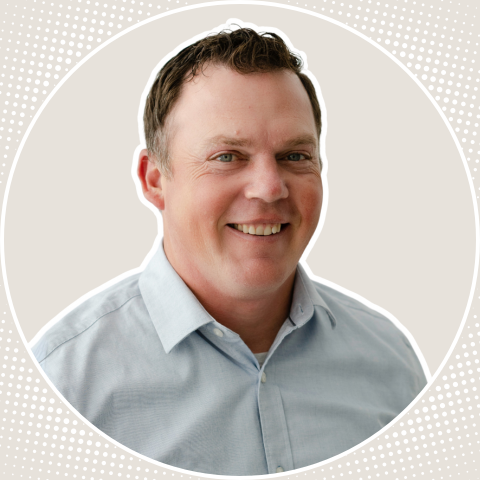
Chris Robey
Former CEO
Karlie Duke | Director of Communications
Karlie has always had a heart for teenagers. Through her role at Teen Life, she loves to showcase the amazing stories coming out of Support Groups, but she is especially passionate about helping adults and teenagers find connection. Karlie has a BS in Communications with a minor in Family Studies from Abilene Christian University.
Chris Robey | Former CEO
Chris has spent most of his career empowering teenagers from all backgrounds. As the former leader of Teen Life, he is passionate about helping students make good choices while also giving adults the tools they need to communicate more effectively with teens. Chris is a graduate of Midwestern State University and holds a Master’s Degree in Family Life Education from Lubbock Christian University.




